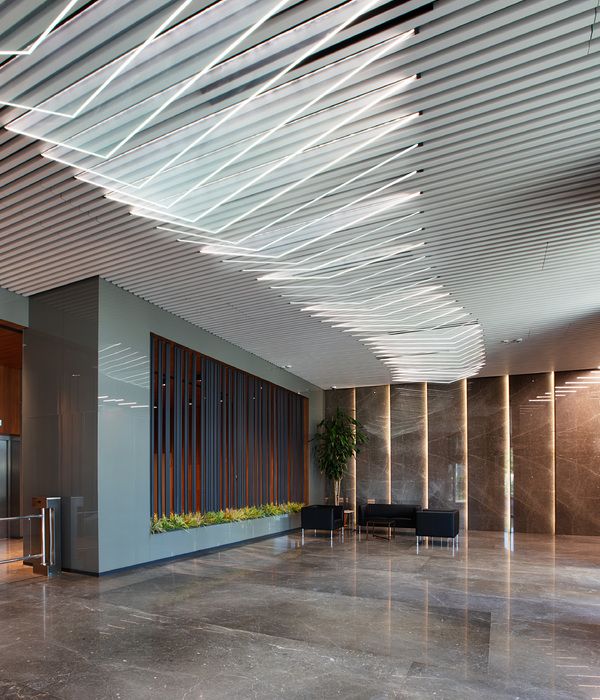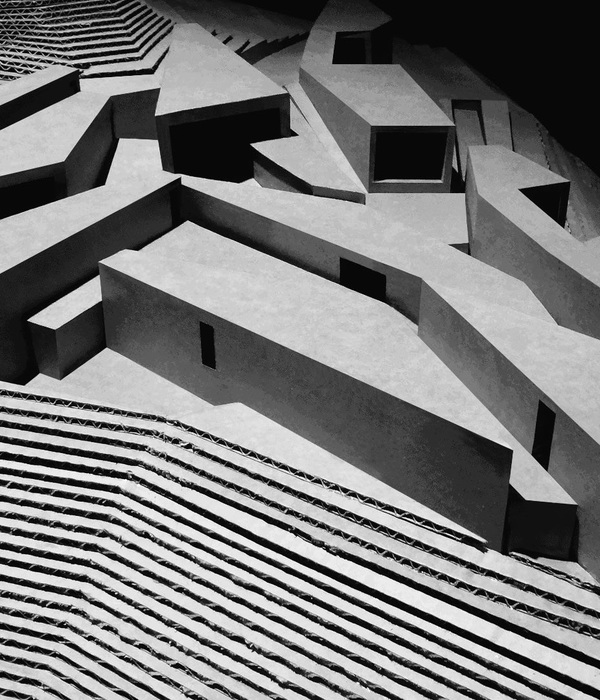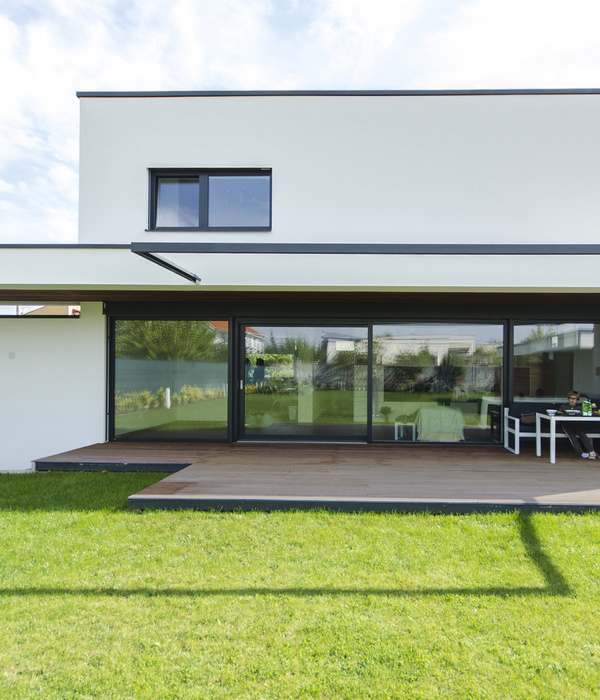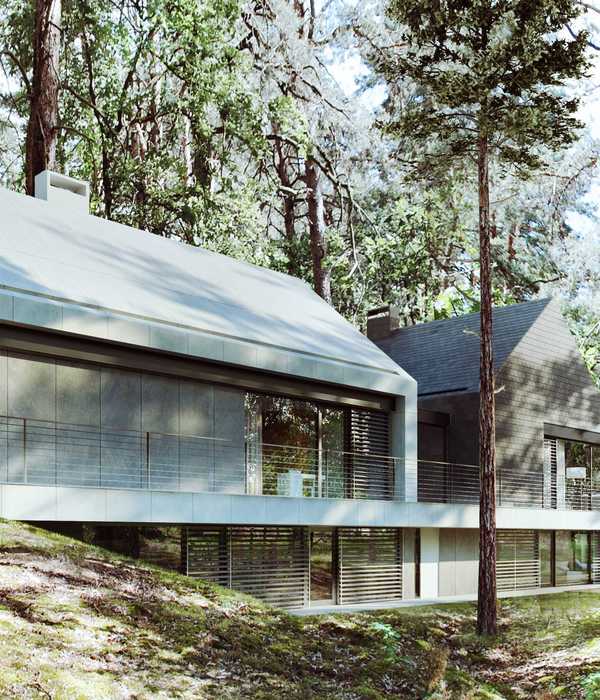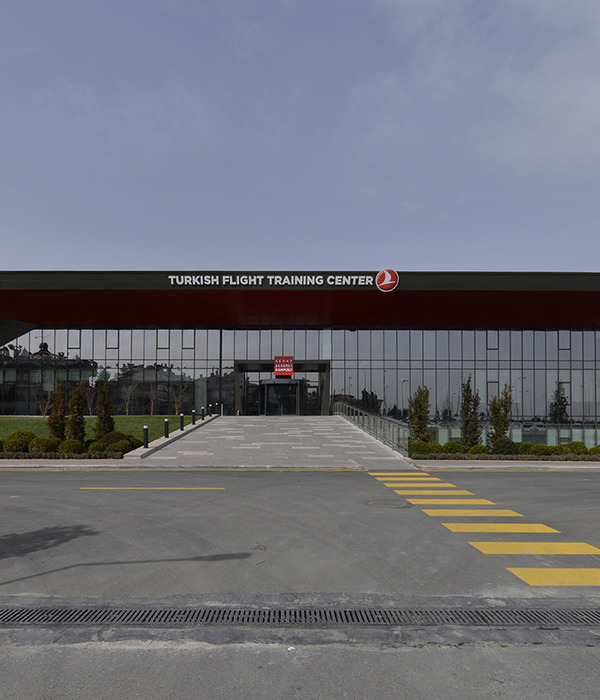The gleaming towers of Pruitt-Igoe were to have been a “Manhattan on the Mississippi.” . ImageCourtesy of Wikimedia user Cadastral (Public Domain)
普鲁伊特-伊戈伊闪闪发光的塔楼原本是“密西西比河上的曼哈顿”。图片-维基媒体用户地籍(公共领域)
建造像Pruitt-Igoe这样的住房项目是对二战后发生的城市人口演变的直接反应。1920年以前,美国城市的快速增长已经急剧放缓,甚至在一些城市-包括密苏里州的圣路易斯-也发生了逆转。对城市专家来说,更令人震惊的是,那些从城市流向郊区的居民主要是富裕阶层,剥夺了企业的客户和政府的税收收入。他们认为,这种大规模的外逃留下了一个逐渐充满贫民窟的真空-可怕的“枯萎”,只有被清除掉才能治愈。1949年的“住房法”拨出10亿美元(2017年超过100亿美元),为城市提供贫民窟清理和重建贷款,从而促进了美国的城市重建项目。
The construction of housing projects like Pruitt-Igoe was a direct response to the evolution of urban populations taking place in the years after World War II. The rapid growth of American cities before 1920 had slowed dramatically, and even reversed in some cities – including St. Louis, Missouri. More alarmingly for urban experts, those residents flowing out of the cities into the suburbs were largely the wealthier classes, depriving businesses of their clientele and the civic governments of their tax revenue. This mass exodus, they believed, left a vacuum which was gradually filled with slums – the dreaded “blight” which could only be cured by being expunged. With the Housing Act of 1949, $1 billion (over $10 billion in 2017) was set aside to provide cities with loans for slum clearance and redevelopment, sparking urban renewal projects across the United States.[1]
1950年,圣路易斯正准备用“住房法”提供的联邦资金建造5800套负担得起的住房。城市工程师哈罗德·巴索洛缪和市长约瑟夫·达斯特渴望最大限度的效率,他们决定用一个庞大的综合体来满足这个目标的将近一半。该项目最初是在美国吉姆·克罗(Jim Crow)种族隔离法的黄昏阶段规划的,是按照种族划分的:黑人居民将住在温德尔·奥利弗·普鲁伊特(Wendell Olliver Pruitt)的家中,而白人居民则会占据詹姆斯·伊戈(James Igo然而,由于该项目直到1954年才完成-在最高法院对“布朗诉教育委员会”案的裁决使“单独但平等”的隔离在美国是非法的之后,该项目被并入一个单一的综合体-普鲁伊特-伊戈伊。
In 1950, St. Louis was preparing to create 5800 units of affordable housing with the federal funds provided by the Housing Act. City engineer Harold Bartholomew and mayor Joseph Darst, aspiring for utmost efficiency, decided to satisfy almost half of this goal with a single, massive complex. Initially planned in the twilight of the United States’ Jim Crow segregation laws, the project was to be divided along racial lines: black residents would live in the Wendell Olliver Pruitt homes, while their white counterparts would occupy the James Igoe apartments. However, as the project was not completed until 1954—after the ruling in the Supreme Court case Brown vs. Board of Education made “separate but equal” segregation illegal in the United States—it was integrated into a single complex, Pruitt-Igoe.[2]
这个庞大的项目始于圣路易斯最不适宜居住的德索托卡尔(Desoto Carr)的清理。[3]取而代之的是由Hellmuth、Yamasaki和Leinweber的山崎民奴(Minoru Yamasaki)设计的33栋单元式11层公寓楼的集合。这些塔占地57英亩,为2 870个公寓单元的10 000名居民提供了住所。尽管高耸于修剪整齐的广场之上的住宅高层建筑的构成,从勒柯布西耶的Ville Radieuse概念中得到了很大的启发,但这些建筑本身更像他后来的建筑单位(Unitéd‘Habation):长而窄的板式建筑,窗廊沿其长度长达85英尺。为提高功能和成本效率而设计的一个显著特点是跳停电梯,它每隔三层才开放一次。然后,楼梯可以进入紧靠在楼上和下面的楼层。两者的结合是为了在高耸的环境中复制人行道上的社区生活,儿童和成年人都可以在那里聚集在安全的地方。[4,5]
This single, enormous project began with the clearing of DeSoto-Carr, considered one of the least habitable neighborhoods in St. Louis.[3] In its place was to be built a collection of 33 modular 11-story apartment towers designed by Minoru Yamasaki of Hellmuth, Yamasaki, and Leinweber. Occupying 57 acres of land, the towers provided accommodation for up to 10,000 residents in 2,870 apartment units. While the composition of residential high-rises towering over manicured plazas drew heavy inspiration from Le Corbusier’s Ville Radieuse concept, the buildings themselves more closely resemble his later Unité d’Habitation projects: long, narrow slab structures with window galleries running 85 feet along their length. One notable feature designed to improve both functional and cost efficiency were the skip-stop elevators, which only opened onto every third floor. Staircases then provided access to the floors immediately above and below. The combination of the two was intended to replicate community life on the sidewalks in a high-rise setting, where children and adults alike could gather in sheltered safety.[4,5]
甚至在它完成之前,普鲁伊特-伊戈还没有按预期建造。山崎提出了一些从未建造过的设计元素:分散在大型建筑中的低层单元、游乐场、底层卫生间和更多的景观设计,都被联邦住房管理局(FederalHomeAdministration)认为太贵了,并从项目中剥离出来。正是这种对经济的不断强调决定了像跳停电梯这样的特点,而这只是暗示了未来的困难时期。
Even before it was completed, Pruitt-Igoe was not built as intended. Yamasaki had proposed a number of design elements which were never built: low-rise units dispersed among their larger counterparts, playgrounds, ground-floor restrooms, and additional landscaping were all deemed too expensive by the Federal Housing Administration and cut from the project. It was this constant emphasis on economy that dictated features like the skip-stop elevators, and which only hinted at the troubled times ahead.[6]
Courtesy of "The Pruitt Igoe Myth"
“普鲁伊特伊戈伊神话”
Courtesy of "The Pruitt Igoe Myth"
“普鲁伊特伊戈伊神话”
尽管Pruitt-Igoe在开业时也不是一个获奖的项目,但它的设计还是受到了一些出版物的赞扬,比如1951年被命名为最佳高级公寓的建筑论坛。(1965年,这份杂志重新审视了普鲁伊特-伊戈,并改变了立场,宣布该项目失败。)不幸的是,尽管联邦政策已经消除了法律上的隔离,但许多美国人-包括许多生活在圣路易斯的美国人-的态度还没有跟上。普鲁伊特和伊戈伊公寓的合并导致大多数白人居民与那些能够负担得起其他地方单身家庭住房的黑人居民一起集体离开。唯一剩下的房客是那些根本买不起别的地方的人。
Although Pruitt-Igoe was by no means an award-winning project even at the time of its opening, its design was nonetheless lauded by publications like the Architectural Forum, which had named it the Best High Apartment in 1951. (In 1965, this same magazine reexamined Pruitt-Igoe and reversed its stance, declaring the project a failure.) Unfortunately, while federal policy had struck down legal segregation, the attitudes of many Americans—including many of those living in St. Louis—had yet to catch up. The integration of the Pruitt and Igoe apartments resulted in most of the white residents leaving en masse, along with those black residents who could afford single-family dwellings elsewhere. The only tenants left were those who literally could not afford to go anywhere else.[7]
普鲁伊特-伊戈伊几乎立即开始从恩典中跌落。在1957年的高峰期,9%的建筑群仍然空置;到1960年,这一数字上升到16%,后来上升到1970年的65%。虽然联邦政府提供了建设普鲁伊特-伊戈的资金,但它的维护将由租户的租金直接支持。由于公寓几乎完全被越来越少的低收入居民所占据,其中许多人靠福利维生,因此没有多少钱来维持这33座大楼,它们随后就失修了。这种情况变成了一个恶性循环:糟糕的维修使更多的房客被赶走,已经紧张的预算流失殆尽,使得建筑物变得越来越荒废,甚至排斥更多的房客。[8][8,9]
Pruitt-Igoe’s fall from grace began almost immediately. At its peak occupancy in 1957, 9% of the complex remained vacant; by 1960, this figure climbed to 16%, and it later skyrocketed to 65% by 1970. Whereas the federal government had provided the funds to build Pruitt-Igoe, its maintenance was to be supported directly by the tenants’ rent. With the apartments occupied almost exclusively by a dwindling number of low-income residents, a number of whom subsisted on welfare, there was little money to keep up the 33 towers, and they subsequently fell into disrepair. The situation became a vicious cycle: poor maintenance drove out more tenants, bleeding out the already-strained budget and allowing the buildings to become more and more derelict, repelling even more tenants.[8,9]
Courtesy of Wikimedia user Cadastral (Public Domain)
维基媒体用户地籍(公共领域)
正是在这种气氛中,普鲁伊特-伊戈成了犯罪活动的温床。为了提供安全的社区空间,画廊和楼梯成了帮派的领地;居民们给画廊起了绰号“挑战”(Gauntlet),他们在回家的路上受到骚扰,甚至遭到袭击。该建筑群的声誉急剧恶化,以至于一些维修和送货工人拒绝进入。1958年,圣路易斯住房管理局向联邦政府申请资金,以整修普鲁伊特-伊高;虽然山崎的一些原本打算的设施后来于1965年安装,但翻修未能解决造成普鲁伊特-伊高迅速陷入肮脏境地的更深层次的社会和财政问题。
It was in this atmosphere that Pruitt-Igoe became a hotbed for criminal activity. The galleries and staircases meant to provide safe community spaces instead became the dominion of gangs; residents nicknamed the galleries “gauntlets,” treacherous passages in which they were harassed or even assaulted on their way home. The complex’s reputation soured so dramatically that some maintenance and delivery workers refused to enter. By 1958, the St. Louis Housing Authority petitioned the federal government for funding to renovate Pruitt-Igoe; although some of Yamasaki’s originally-intended amenities were subsequently installed in 1965, the renovation failed to address the deeper social and fiscal issues which had caused Pruitt-Igoe’s prompt nosedive into squalor.[10]
1972年,联邦政府最终确定普鲁伊特-伊戈是无法拯救的。在接下来的几年里,33座塔楼被爆破拆除,留下了一片巨大的城市荒地,一直到今天,圣路易斯的建筑还没有被填满。命令下达时,只剩下600名居民,与原先预计的1万名居民的数量相差甚远。普鲁伊特-伊戈的垮台被认为是象征性的:不仅仅是一个住宅项目的失败,也不仅仅是这些项目的失败,它被吹捧为现代主义建筑本身的失败。建筑评论家查尔斯·詹克斯(Charles Jencks)曾说过:“现代建筑于1972年7月15日下午3时32分在密苏里州圣路易斯去世。”[11]山崎美郎(Minoru Yamasaki)在接受“建筑评论”(Architecture Review)采访时,简单地提到普鲁伊特-伊高(Pruitt-Igoe):“这是一个我希望我没有做过的项目。”
In 1972, the federal government finally determined that Pruitt-Igoe was beyond rescue. Over the next few years, the 33 towers were demolished by means of dynamite implosions, leaving behind a vast urban wasteland in the fabric of St. Louis which, to this day, has yet to be filled. Only 600 residents had been left when the order came, a far cry from the 10,000 originally expected to fill the complex. The fall of Pruitt-Igoe came to be seen as symbolic: more than the failure of one housing project, and more than the failure of the such projects in general, it was touted as the failure of Modernist architecture itself. Architecture critic Charles Jencks famously declared, “Modern architecture died in St. Louis, Missouri on July 15, 1972, at 3.32 pm.”[11] In an interview for Architectural Review, Minoru Yamasaki said simply of Pruitt-Igoe: “It’s a project I wish I hadn’t done.”[12]
The televised demolition of Pruitt-Igoe sparked widespread discussion over what precisely caused the project to fail so dramatically. ImageCourtesy of Wikimedia user Cadastral (Public Domain)
Pruitt-Igoe的电视拆除引发了广泛的讨论,究竟是什么导致了这个项目如此戏剧性地失败。图片-维基媒体用户地籍(公共领域)
最后,把Pruitt-Igoe的失败完全归咎于它的建筑设计是不公平的,因为它将完全免除它。不幸的设计选择、根深蒂固的种族主义和结构不良的住房政策结合在一起,导致了长达20年的失败,那就是普鲁伊特-伊戈(Pruitt-Igoe)。从那时起,在33座塔曾经矗立的土地上生长了一片森林,掩盖了它们在70年代被摧毁后留下的物理裂痕。然而,他们的遗产并不是那么容易被掩盖的,不管是谁选择将其最终垮台归咎于谁,Pruitt-Igoe这个名字仍然是整个设计哲学失败的同义词。
In the end, it is as unfair to place sole blame for Pruitt-Igoe’s failure on its architectural design as it would be to completely exonerate it. It took the combination of unfortunate design choices, deep-seated racism, and poorly-structure housing policy to produce the twenty-year fiasco that was Pruitt-Igoe. A forest has since grown on the land where the 33 towers once stood, disguising the physical rift they left after their destruction in the 1970’s. Their legacy is not so easily disguised, however, and whomever one chooses to blame for its eventual downfall, the name Pruitt-Igoe remains synonymous with the failure of an entire design philosophy.
参考文献[1]Bauman,John F.,Roger Biles和Kristin M.Szylvian。从公寓到泰勒家:在二十世纪的美国寻找一个城市住房政策。宾夕法尼亚州立大学出版社,2000年。[2]Sennott,R.Stephen。20世纪建筑百科全书。纽约:Fitzroy Dearborne,2004年。p 1066。[3]Bauman等人,第186页。[4]Frishberg,汉娜。“失败的天堂:普鲁伊特-伊戈”阿特拉斯·奥布斯库拉。2013年11月26日。[进入]。[5]Sennott,p 1066。[6]Sennott,p 1066。[7]马歇尔,科林。“普鲁伊特-伊戈:麻烦重重的高楼大厦,它定义了美国城市-50座建筑中的城市史,第21天。”守护者。2015年4月22日[进入]。[8]Bauman等人,p 201。[9]Frishberg。[10]Bauman等人,p 201。11 Frishberg。[12]Marshall。
References [1] Bauman, John F., Roger Biles, and Kristin M. Szylvian. From Tenements To The Taylor Homes: In Search Of An Urban Housing Policy In Twentieth-Century America. University Park, PA: Pennsylvania State University Press, 2000. [2] Sennott, R. Stephen. Encyclopedia of 20th Century Architecture. New York: Fitzroy Dearborn, 2004. p1066. [3] Bauman et al, p186. [4] Frishberg, Hannah. "The Failed Paradise: Pruitt-Igoe." Atlas Obscura. November 26, 2013. [access]. [5] Sennott, p1066. [6] Sennott, p1066. [7] Marshall, Colin. "Pruitt-Igoe: The Troubled High-rise That Came To Define Urban America – A History Of Cities In 50 Buildings, Day 21." The Guardian. April 22, 2015. [access]. [8] Bauman et al, p201. [9] Frishberg. [10] Bauman et al, p201. [11] Frishberg. [12] Marshall.
建筑师Minoru Yamasaki Associates Location Cass Ave,St.Louis,MO 63106,美国社会住房类建筑师,负责山崎项目,1954年
Architects Minoru Yamasaki Associates Location 2300 Cass Ave, St. Louis, MO 63106, United States Category Social Housing Architect in Charge Minoru Yamasaki Project Year 1954
{{item.text_origin}}

